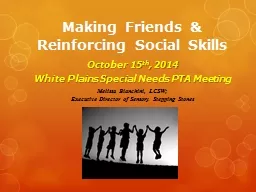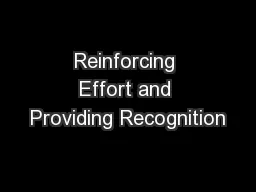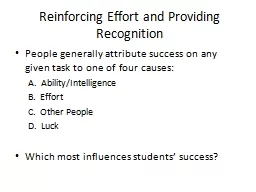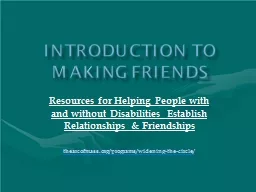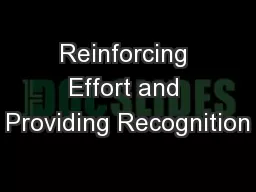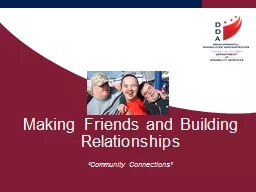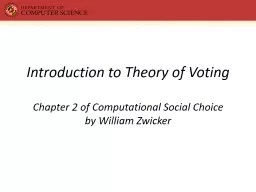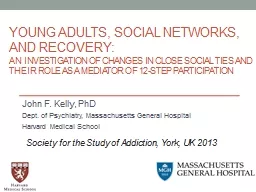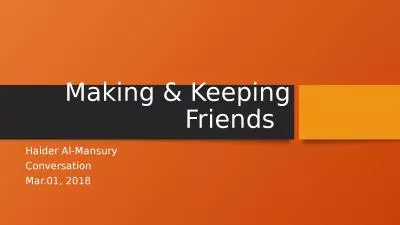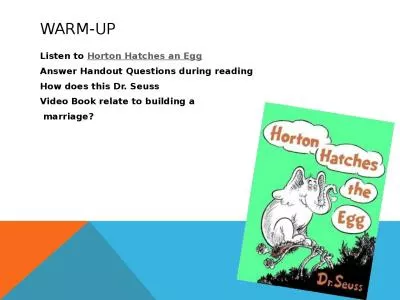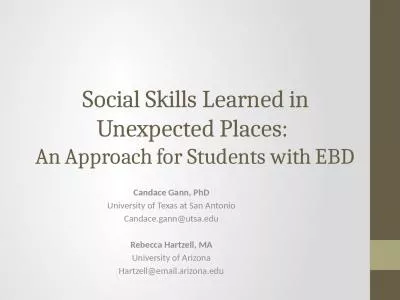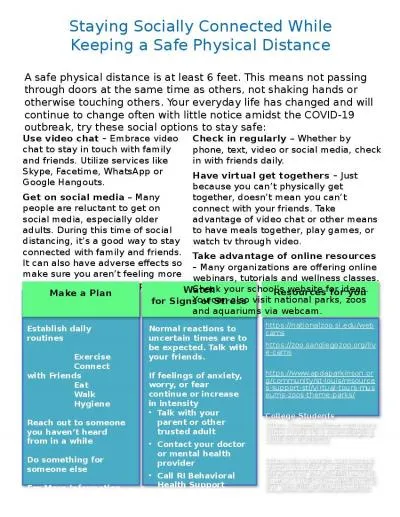PPT-Making Friends & Reinforcing Social Skills
Author : kittie-lecroy | Published Date : 2020-04-02
October 15 th 2014 White Plains Special Needs PTA Meeting Melissa Bianchini LCSW Executive Director of Sensory Stepping Stones Melissa Bianchini LCSW Executive
Presentation Embed Code
Download Presentation
Download Presentation The PPT/PDF document " Making Friends & Reinforcing Socia..." is the property of its rightful owner. Permission is granted to download and print the materials on this website for personal, non-commercial use only, and to display it on your personal computer provided you do not modify the materials and that you retain all copyright notices contained in the materials. By downloading content from our website, you accept the terms of this agreement.
Making Friends & Reinforcing Social Skills: Transcript
Download Rules Of Document
" Making Friends & Reinforcing Social Skills"The content belongs to its owner. You may download and print it for personal use, without modification, and keep all copyright notices. By downloading, you agree to these terms.
Related Documents

